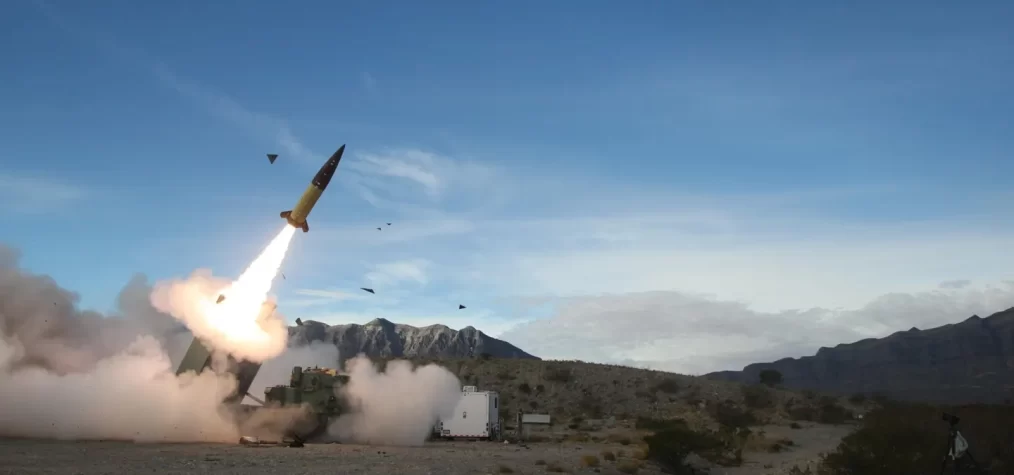
DEFENCE REQUIRES A LARGER BUDGET
Australia’s military is undergoing a significant transformation in response to a rapidly changing global security landscape, marking the most substantial shift in defence strategy since the 1980s. The federal government, endorsing this transformation on Monday, is heeding the assessment of former ADF chief Sir Angus Houston and former defence minister Stephen Smith, who emphasized the urgent need for the nation to adapt to the emerging “missile age.”
The Defence Strategic Review, conducted by these experts, reveals a departure from the decades-long focus on “lower-level threats” such as terrorism, signalling a recognition that the world has evolved. The review underscores the challenges posed by China’s substantial military buildup, the proliferation of long-range precision strike weapons, and the diminished geographic advantage previously enjoyed by Australia.
Considering these changes, the review dismisses the assumption that Australia would have a decade to prepare for conflict, emphasizing the reduced comfort of distance. While invasion remains a remote possibility, concerns now centre around potential military force and coercion threats impacting trade and supply routes.
To address the growing focus on the Indo-Pacific region, the federal government intends to “harden the north,” reallocating defence spending to fortify northern bases and ports. Integration across all military domains – army, navy, air force, cyber, and space – is emphasized, with a particular emphasis on restructuring the land forces.
The initially planned costly project involving armoured infantry vehicles will be abandoned in favour of developing a long-range strike force. This move aims to enhance Australia’s self-reliance for sea projection, reducing dependence on allies like the United States. Simultaneously, diplomatic and military ties in the region, including those with the US, India, and Japan, will be strengthened.
Changes will extend to the navy, pending decisions after a review by US Navy Vice Admiral William H Hilarides. The acquisition of nuclear-powered submarines within the next decade will reshape the navy’s role, ensuring efficiency for surface vessels. Barracks upgrades and other lower-priority infrastructure projects will be delayed or abandoned in favour of a swift upgrade to northern bases.
Although the exact cost remains undisclosed, the federal government is set to increase defence spending over the next decade, as affirmed by Defence Minister Richard Marles. The government plans to allocate $19 billion for implementing proposals from the Defence Strategic Review, offsetting some costs through $7.8 billion in downgraded and scrapped projects. This comes in addition to the $270 billion allocated in 2020 for defence over the next decade and the $368 billion committed for the acquisition of nuclear-powered submarines over the next 30 years. Criticisms have been levelled at the former government for committing to $42 billion worth of unfunded defence projects since 2020, necessitating additional funding.



